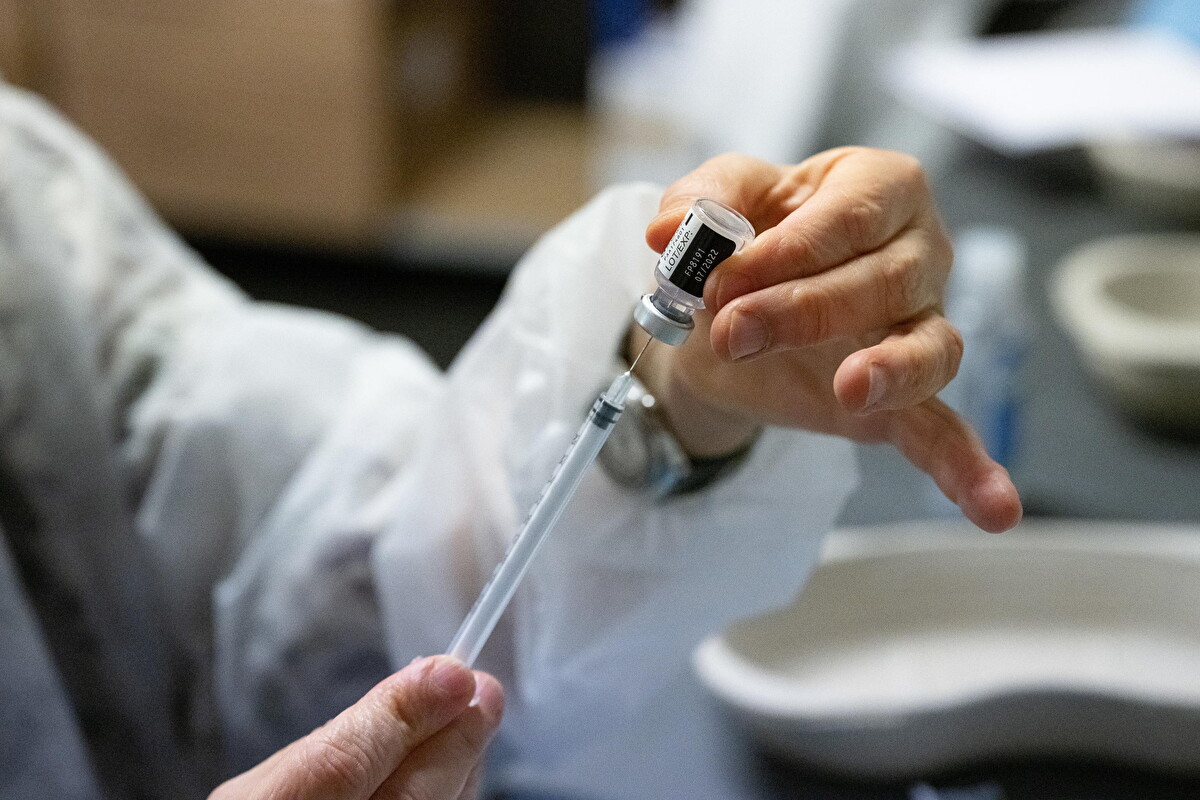Never before has the history of Italian tennis known such a flowering. True, in the 1970s Adriano Panatta’s smile made Italian hearts flutter and in 1976 his prowess won him a French Open title. Much more recently, the Italian women’s team won four Federation Cup championships between 2006 and 2013; in 2010, Francesca Schiavone won on the clay of Roland Garros and in 2015, Flavia Pennetta even won the US Open. But today, in 2024, there are five Italians in the men’s Top Forty, a number matched only by the United States. They are all in their twenties and Jannik Sinner, turned 23 just a few days ago, earlier this year soared through the ATP ranking to get to that sweet number 1 spot – the first Italian in history to manage the feat.
Italy should be waiting with bated breath for this year’s US Open, starting on Monday 26. However, when Sinner will enter the Arthur Ashe Stadium on Tuesday 27 against hometown favorite Mackenzie McDonald, many won’t be analyzing his admittedly brilliant game, but dissecting the backlash from the doping scandal that exploded ten days ago – although the Italian was fully acquitted of any misdoings.
The tennis world split in two after the news broke that Sinner had tested positive in April during the Indian Wells tournament. Some of his colleagues criticized the privacy on the matter afforded to the South Tyrolean player, attributing it to his being world’s number one. Others defended him, but pointed the finger at the ‘bungled’ rules of the ITIA (International Tennis Integrity Agency).

The banned substance found at Indian Wells, the anabolic Costebol, was an infinitesimal dose of one billionth of a gram. The Sinner team reacted immediately explaining it came from a healing ointment used by Sinner’s physiotherapist, who contaminated the player while massaging him. The ITIA lifted the playing ban for Sinner back in April, pending a thorough investigation, that cleared the South Tyrolean only ten days ago. His physiotherapist and his fitness trainer – who had bought the ointment – were fired.
Even those defending Sinner, however, are picking on the ITIA by recalling the Simona Halep case, the Romanian tennis player suspended in 2022 for a doping case from which she was later cleared (again, a minimal dose of a banned substance). The Sinner affair was kept under wraps for five months, with an immediately granted revocation of the provisional suspension, while Simona Halep was publicly besmirched and went 18 months without playing. People are discussing the rules, and also the methods of doping controls. According to Jean-Claude Alvarez, director of the toxicology laboratory at Garches University Hospital (where Simona Halep’s roxadustat contamination was proven unintentional), urine tests are useless because they do not detect substances taken days before; the only accurate method is hair analysis.
Favoritism or not, it seems clear that Sinner suffered only problems from the whole affair, which probably weighed heavily on him (he didn’t reach the final rounds at either Roland Garros or Wimbledon and excused himself on health grounds both from the Rome tournament and from the Olympic Games).
The US Open is played on synthetic courts, his favorite surface, but rivals are lying in wait: among others Rublev, Medvedev, and above all the perennial Novak Djokovic triumphant at the Olympic Games, but also the other great young player of the new generation, Carlos Alcaraz, who took home the Roland Garros and the Wimbledon trophies this year, and who – alas – is on the same side of the draw as the Italian.












